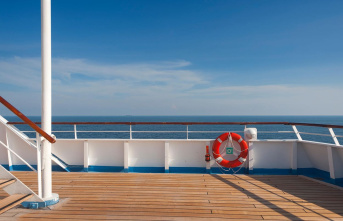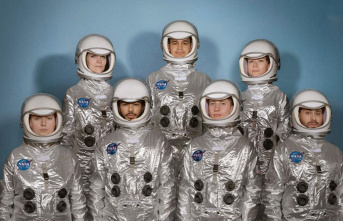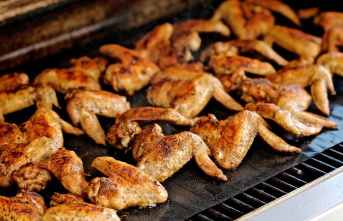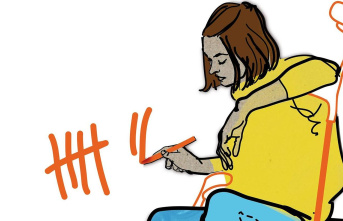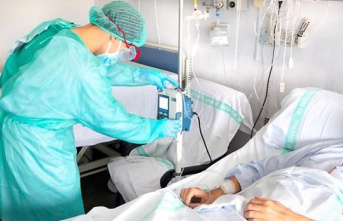Castilla-La Mancha has increased the sunflower area by 17 percent this campaign as a result of the authorization of the European Union to be able to use the fallow agricultural area in order to guarantee the supply of food in the market, due to the war in Ukraine.
In total, 25,000 more hectares have been planted in the region this year, exceeding 180,000 hectares in this campaign, the Board reported in a press release.
This was pointed out by the Minister of Agriculture, Water and Rural Development, Francisco Martínez Arroyo, in Hellín (Albacete), at the award ceremony of the Fertilizer and Phytosanitary Container Collection System (Sigfito) that each year recognizes those companies that are more aware of the environment and in which he has been accompanied by the director of development of this non-profit society, Susana Fernández, the Board has informed in a press release.
Martínez Arroyo has stressed that it is "a very good figure" and that it shows that many farmers have opted to make use of this exceptionality and plant sunflower fallow.
In this sense, he has indicated, from the Government of Castilla-La Mancha it is going to request that in the sowing of winter cereals, from this autumn, the fallow areas can also be used to, in this way, maintain the food distribution, with products on the market and at the same time, provide more profitability to farms.
The counselor, in addition, has transferred this morning the payment made today from the Ministry of Agriculture, Water and Rural Development, for farmers and ranchers in mountain areas.
They have been a total of 5.8 million euros, for 3,000 professional farmers and ranchers, "those who are most committed to the development of rural areas," he reported.
In another order of things, the counselor has referred to today's meeting of the Minister for the Ecological Transition, Teresa Ribera, and the irrigators of the SCRATS of Murcia.
He recalled that in Castilla-La Mancha there is also agriculture, economic development and "the water that is in the region should help us in Castilla-La Mancha", and we are going, he said, to "continue working in that direction, which is what we consider timely” and, at that meeting, he was convinced that “of course, the ecological flow of the Tagus as it passes through Aranjuez of 8.65 cubic meters per second is not called into question”.
He has referred to the fact that this was approved by the Tajo Water Council "by a large majority" and the Council of Ministers will approve it "and it will appear in a Royal Decree", so it is a "success for all" since it has been "supporting us in the work" of the technicians, who have thus reflected it, and it benefits Castilla-La Mancha.
We, he said, "we are concerned that this transfer is only for human consumption, not for irrigation" and the problem of the PP in Levante, he has specified, "the transfer that worries them", he remarked, "is that of votes to VOX”.
In today's act, the collection points that have recycled the most in 2021 in the region, among the 427 existing ones, have been awarded, and that have gone to the companies Albanova Agrosoluciones S.L, from Chinchilla de Monte Aragón, as a prize green planet category and ACECASA de Hellín, which the Minister visited today, in the category of sustainable cultivation, both entities located in the province of Albacete.
Castilla-La Mancha is one of the few autonomous communities where there has been an increase in collections of phytosanitary containers compared to the previous year.
In this way, during the year 2021 there has been an increase of 11 tons of packaging, going from 371 tons in 2020 to 382 in 2021.
Arroyo congratulated the winners and highlighted their commitment to the region and the environment.
And it is that, he pointed out, today that nearly 400,000 kilos of phytosanitary containers are recovered each year in Castilla-La Mancha and allows CO2 emissions to be reduced into the atmosphere, in total a reduction of half a million kilos of CO2 per year thanks to the proper management of phytosanitary product containers.
The Mayor of Hellín, Ramón García, and the local Councilor for Agriculture, Julián Martínez and the Provincial Delegate for Agriculture, Water and Rural Development, Ramón Sáez, among others, were also present on Friday.
2


